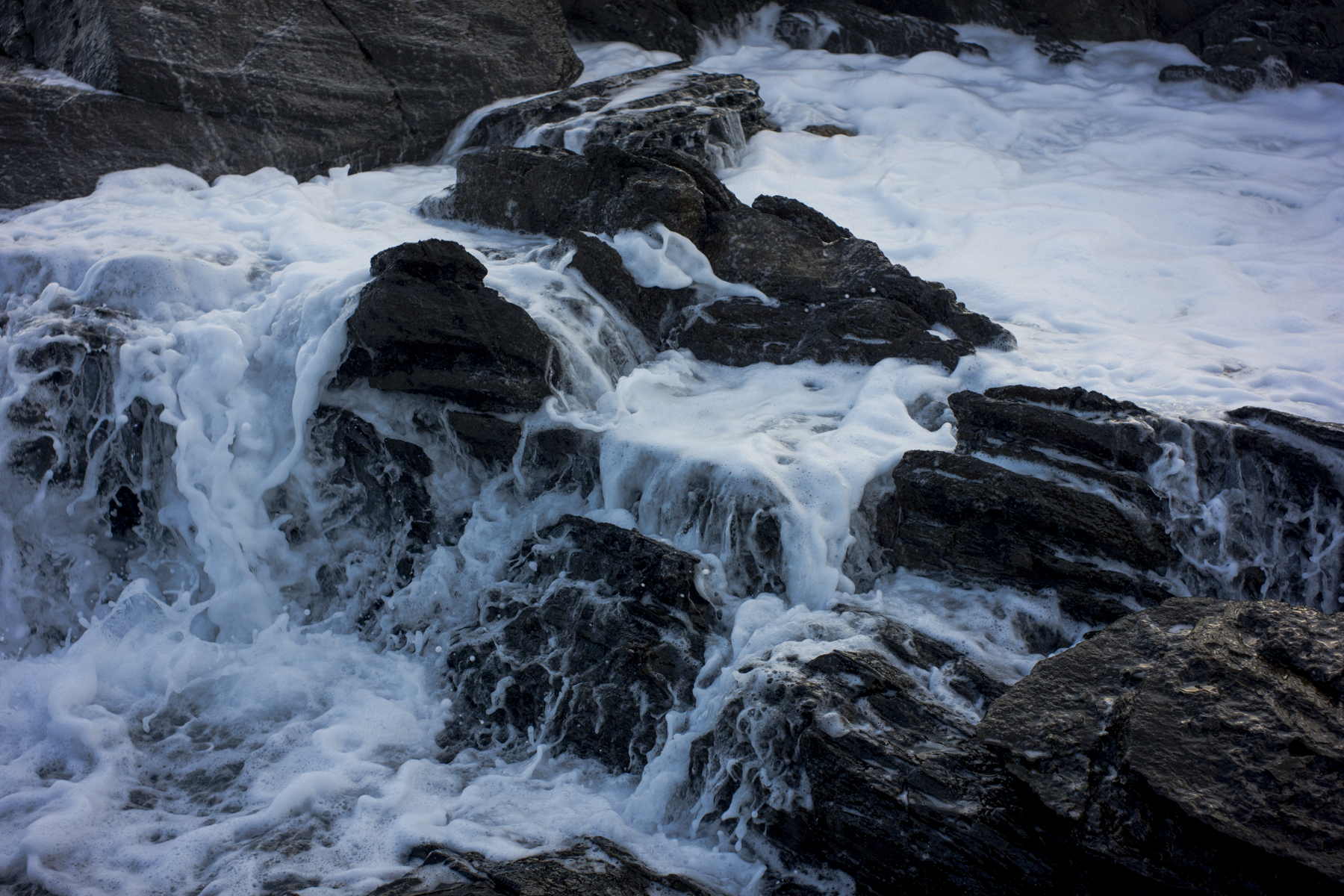After sitting the final day of my Australian Abstractions exhibition at the Light Gallery I drove down to Port Adelaide to see some of the local SALA exhibitions before they finished. They cafe’s were closed, so Ari and I wandered around the place. It had been a while since we’d done that.
I took a few snaps in, and around, some of my favourite haunts:

Photographing the Port was going to be a central project for me several years ago, but it kinda faded away for some reason. It was where I started my large format work in black and white in the 1980s when I had a studio at Bowden, and I returned to when I picked up my large format photography again 30 years latter. But the momentum died as I slowly lost interest.
Continue reading “revisiting Port Adelaide”










